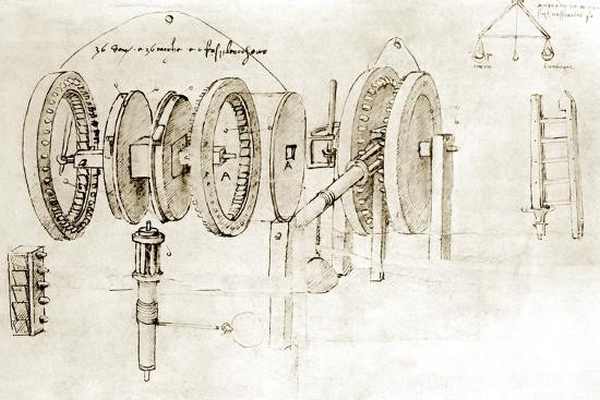Published on the 14/08/2019 | Written by Donovan Jackson

Advancing the Age of Industry Transformation calls for a fresh approach…
With Industry 4.0 or the Fourth Industrial Revolution breaking all around us, businesses of every stripe are obliged to do better or stand by as competitors move in on their territory by delivering improved accessibility, convenience and service. Doing so depends on appropriate systems to make it happen. The coincidence of many so-called digital transformations across organisations has heralded an ‘Age of Industry Transformation’ where data is much more fluid along the value chain. It is an era that will be driven by a postmodern enterprise technology architecture. That is the idea put forward by Matthew Addley, business strategist and industry evangelist at Infor, who says that while there is an element of the foundational in core systems like ERP, they must also enable agility and innovation. “Postmodern implies a willingness to co-exist… it’s a thin wrapper on those core services, into which other systems can easily be connected as and when required.” “When you have digital siloes emerging, you have a problem. You need your core systems to be open and flexible and to do that you invest in the cloud and a suitably open architecture which gives you the ability to pivot and develop nuanced aspects with, for example, collaborative workflows and mobility within the same platform.” Postmodern ERP, he explains, is a business applications strategy which features a connected portfolio of heterogenous applications. “You are making sure to have rigour in the core, along with the ability to provide workflow and collaboration. Postmodern also implies a willingness to co-exist, rather than trying to be all things to all people; it’s a thin wrapper on those core services, into which other systems can easily be connected as and when required.” The Age of Industry Transformation is to digital transformation what postmodernism is to modernism. It is an era where businesses have a sharp focus on customers and convenience, with less attention afforded to raw ‘cost’ (which, regardless of what anyone says, remains a fundamental driver for most buying decisions). What this means in practice is the necessity for more integrated supply chains and business systems more closely married to the particular operations of any one business (Infor calls this ‘micro-verticals). After all, convenience and customer service are differentiators capable of transcending even the powerful force of cost (people are always prepared to – and do – pay for convenience). And achieving convenience at scale depends on finely tuned operations. Addley says this fine tuning starts with a solid set of foundations within the enterprise, but also depends on integrating other systems and data sources – IoT data, POS data, or the systems of partners and suppliers. “The important bit is that your systems can integrate and they can enable collaboration not only at a systems level, but at a people level too,” he notes. As for ‘openness’, that means Application Programming Interfaces, right? “One of the technologies is an open API, that’s the preferred method and it can perform well. But many businesses don’t have API-ready platforms themselves, so you have to offer more,” Addley confirms. And it doesn’t have to be ‘high tech’ either, at least not conceptually. He says something akin to the humble chat app can play a major role in advancing the Age of Industry Transformation, and it all has to do with the fact that people do business with people. “If you’ve got the procurement department beating up vendors just for another cent off, it doesn’t actually help matters, it introduces additional risk into the supply chain,” Addley points out. “But even in the absence of integrated systems [a preferred scenario, obviously], you can achieve better cooperation if people are equipped to talk to one another very easily.” Addley looks to business collaboration apps delivering clever stuff like context analytics resting on data contained in enterprise systems, as well as easy sharing of screens and other information involved in various business processes. But at its heart, it’s simply a repurposing of a tool which has its roots somewhere back in the 1990s. The Age of Industry Transformation is the topic of our Lunch Box webinar where Matthew Addley presents the concept to attendees, and then discusses in a roundtable with DX professionals representing enterprises who have or are undergoing transformational change. … Are buyers looking for AI features? Or is the reverse more true? Xero deals and MBIE and Aussie govt plans… Realities of Rise, SAP’s latest subscription model… Five tips that can change fortunes… Covid-19 has created a clash of market drivers. Which will out?…
FURTHER READING

The evolving role of AI in business technology

E-invoicing: Because cashflow is king

Will local SAP customers Rise to cloud transition?

Best practise ERP selection and evaluation
ERP market gets cloudier



























